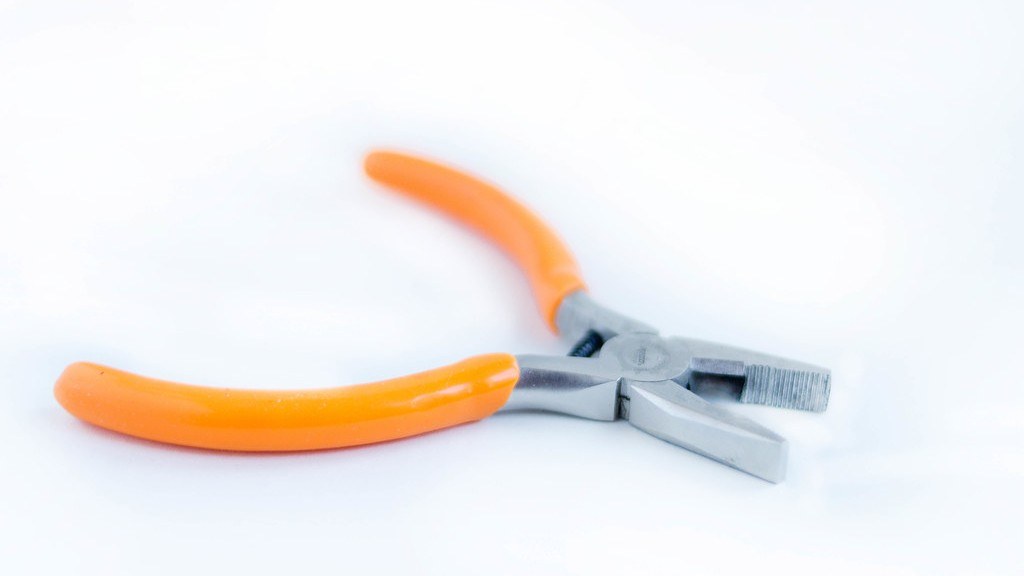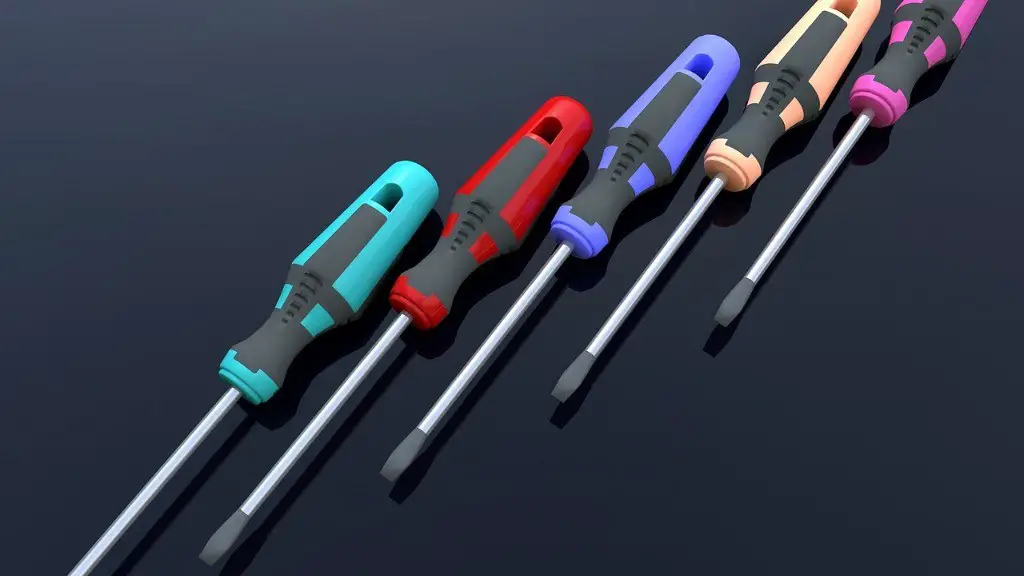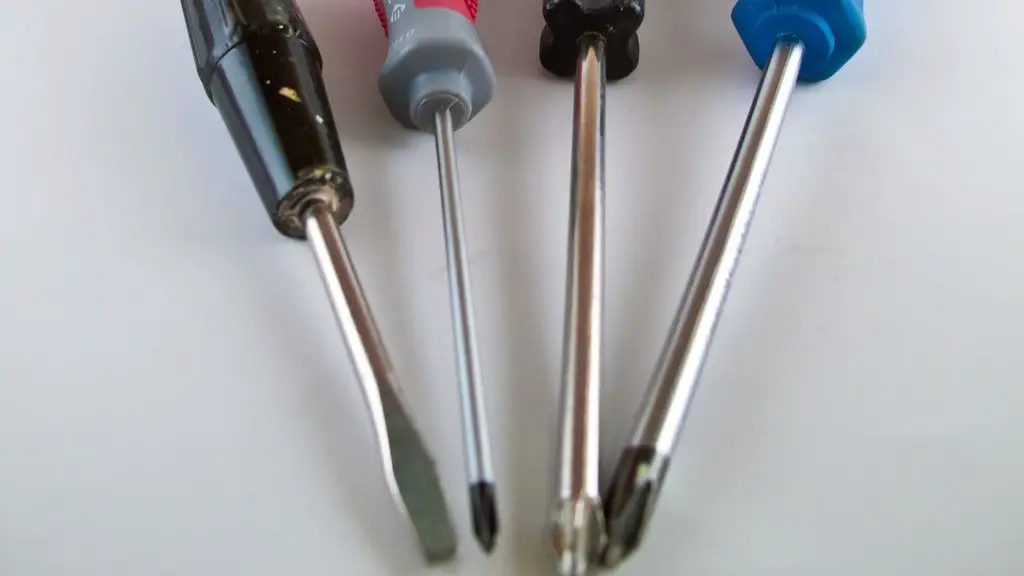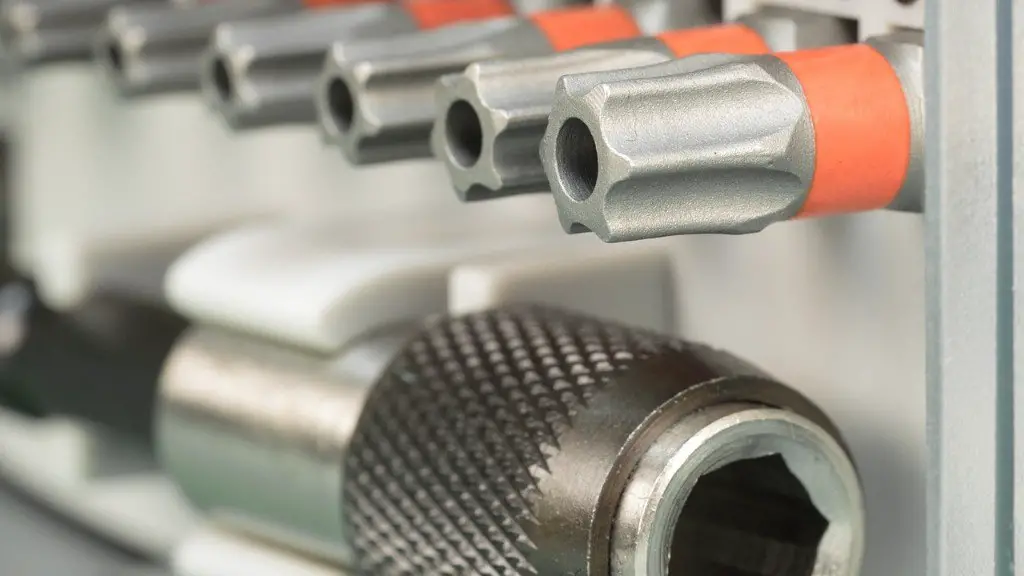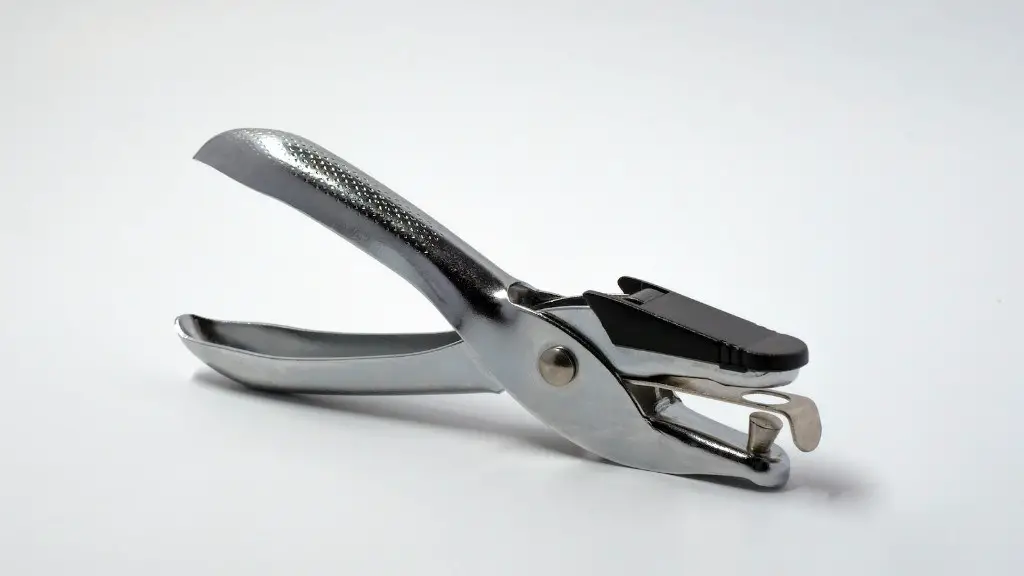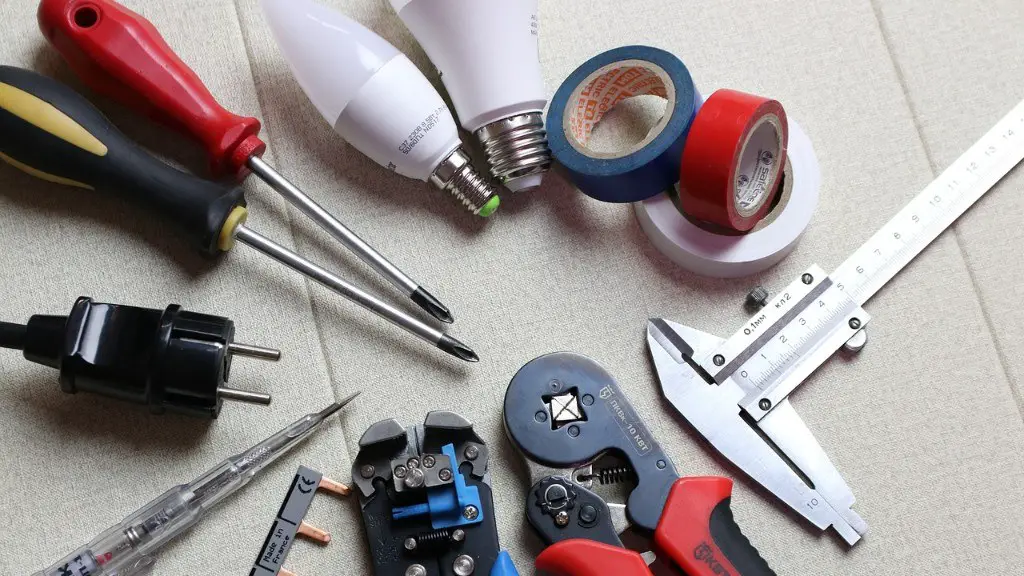Locking pliers, also called vise-grips or Mole grips, are a type of pliers that are used to grip objects tightly. The jaws of locking pliers are adjustable, so that they can be made to fit around the object to be gripped. Once the jaws are tightened, the locking mechanism keeps the jaws from moving, so that the object is held tight.
Locking pliers are used for a variety of tasks, such as gripping a bolt so that it can be unscrewed, or holding a piece of metal while it is being cut. They can also be used to clamp a pipe while it is being soldered, or to clamp a hose while it is being repaired.
Locking pliers are used to grip objects tightly, allowing the user to apply greater force than with regular pliers. They can be used to grip a variety of object shapes and sizes, making them useful for a range of tasks.
What are locking pliers called?
Locking pliers are a great tool for many different projects. They can be used to clamp metal parts together for welding, or to grip a part for turning or other manipulation. There are many different jaw styles available to suit different needs, and the over-center cam action ensures a secure grip.
These pliers are perfect for removing small items that are stuck in hard to reach places. The long nose on these pliers lets you reach into narrow spaces and the locking mechanism keeps the pliers tight on the object so you can easily remove it.
How do you use a locking needle nose pliers
To use the vise grips, open them by pressing this little release lever. Place them over the object you wish to grip, and then squeeze the handles together to clamp them down.
Linesman pliers are a type of pliers that are used by electricians. They are also known as electrician’s pliers, side-cutting pliers, or “Kleins” pliers. They have a hinge at a set pivot point, and the jaws have a flat front with shallow serrations for gripping flat objects. This also lets electricians twist wires together.
Can locking pliers function as clamps?
Locking pliers are a great way to hold onto materials while working on them. They can be used to clamp down on a piece of wood or metal to make it easier to saw, drill, or grind, and they can also be used to hold two pieces of metal together while welding.
Vise-Grip is the brand name of a popular type of locking pliers. The Irwin company is the best-known manufacturer of Vise-Grip locking pliers.
There are several different types of Vise-Grip locking pliers. The Original Vise-Grip locking pliers are the most popular type. They have a straight jaw that is ideal for gripping and holding round or square objects.
The CRAFTSMAN 10-Inch Locking Pliers are another popular type of locking pliers. They have a straight jaw that is ideal for gripping and holding objects that are flat or have a small diameter.
The Irwin Locking Pliers with Wire Cutter are a type of locking pliers that have a built-in wire cutter. This is a convenient feature if you need to cut wire while you are working.
The Astro Pneumatic Tool Locking Pliers Slide Hammer is a type of locking pliers that has a built-in slide hammer. This is a convenient feature if you need to remove nails or other fasteners.
What are the three common types of pliers?
Slip-joint pliers are the most common type of pliers and are great for a variety of tasks around the house, including gripping, twisting and cutting wire.
Water-pump pliers are larger and have jaws that can adjust to different sizes, making them ideal for gripping and turning large objects.
Linesman pliers have long, pointed jaws that make them perfect for cutting and twisting wire, as well as working in tight spaces.
Needle-nose pliers have long, thin jaws that allow you to reach into small spaces and grip small objects.
Locking pliers have jaws that lock into place, making them ideal for gripping and twisting objects that are difficult to turn.
This is referring to a time when the speaker had to kill a snake. It’s a pretty gruesome story, so before reading on, be warned.
Apparently, the speaker came across a snake that was “chewing itself apart.” In other words, the snake was biting and swallowing its own tail. The speaker then proceeds to kill the snake, but not before feeling sorry for it.
How do you use lockjaw pliers
The most important thing to consider when choosing a locking plier is the size of the object you will be working with.PRESS THE RELEASE LEVER TO OPEN THE PLIERS UP COMPLETELY. PLACE THE JAW ON THE OBJECT. TURN THE ADJUSTMENT SCREW CLOCKWISE OR COUNTERCLOCKWISE TO ADJUST THE JAW OPENING TO JUST FIT THE SIZE OF YOUR OBJECT. SQUEEZE THE HANDLE TO LOCK.
Just pull the handle. 0:50
These are the key moments in using a pair of pliers. First, loosen the adjusting knob. This will allow you to adjust the width of the pliers to match the diameter of the screw head. Then, just loosen the screw. Finally, unlock the pliers with both hands.
How do you remove a screw with locking pliers?
If you’re having trouble removing a stripped screw, try using a pair of pliers. Grip the screw head with the pliers and turn until the screw comes loose. This should make it easier to remove the screw without damaging it.
Professional electricians use different kinds of pliers to help with their job, depending on the task they are performing. Some good options are needle nose pliers, side cutting pliers, linesman pliers, and locking pliers. Each type of plier has a different function and can make the job easier and more efficient.
What pliers do plumbers use
There are many different types of pliers available on the market, but needle-nose and tongue-in-groove pliers are the most common among plumbers’ tools. Needle-nose pliers are handy because their narrow, pointed form can access hard-to-reach places. Tongue-in-groove pliers adjust to fit nearly any object, making them extremely versatile. You can slide its jaw and lock it in place, making it easy to use.
Plumbing pliers are tools that are used to grip and turn objects, and can be used to grip objects of different sizes. There are many different types of plumbing pliers, but they all have one thing in common: they have serrated jaws that allow them to grip objects tightly.
What size locking pliers do I need?
There are two sizes of locking pliers that are commonly used in firefighting: the 7-inch and 10-inch versions. The 7-inch version is smaller and more portable, making it a good option for carrying as a personal tool. The 10-inch (or larger) version is more versatile, but can be more bulky to carry.
Tongue and groove pliers are one of the most versatile and heavy-duty pliers available. They are invaluable for mechanical engineers or plumbers due to their serrated and adjustable lower jaw, which is designed to grip a metal bolt, thin tip, or connector.
Why are knipex pliers so good
Knipex tools are some of the highest quality and most durable tools on the market. They are able to take more abuse than other brands and still perform their jobs effectively. Additionally, Knipex tools often have features that make them easier to use than other brands. All of these factors add value to the tools, making them worth the investment.
Pipe grip cutters are a type of pliers that are specifically designed for cutting pipes. They have jaws that are able to grip the pipe securely, and a pivot point that allows for maximum cutting power. The handles of pipe grip cutters are usually longer than other types of pliers, to provide greater leverage when cutting through tough materials. Waterpump pliers are another type of pliers that are designed for a specific purpose: to grip and turn water valves. They have long handles and heavy-duty jaws that can grip tight onto valves, making it easy to turn them on or off. Finally, cutting, crimping and stripping pliers are a versatile type of pliers that can be used for a variety of tasks. They have sharp jaws that can easily cut through wire, and serrated teeth that can grip and hold onto material for stripping or crimping.
Warp Up
Locking pliers are a type of hand tool that is used to grasp, grip and lock onto surfaces, particularly for holding and manipulating objects too small or too slippery to be handled with the bare hands.
Locking pliers are a type of tool that is used to grip and hold objects tight. They are often used in mechanics and construction work. They can be used to grip and hold pipes, nails, and other objects. Locking pliers can also be used to tighten or loosen objects.
